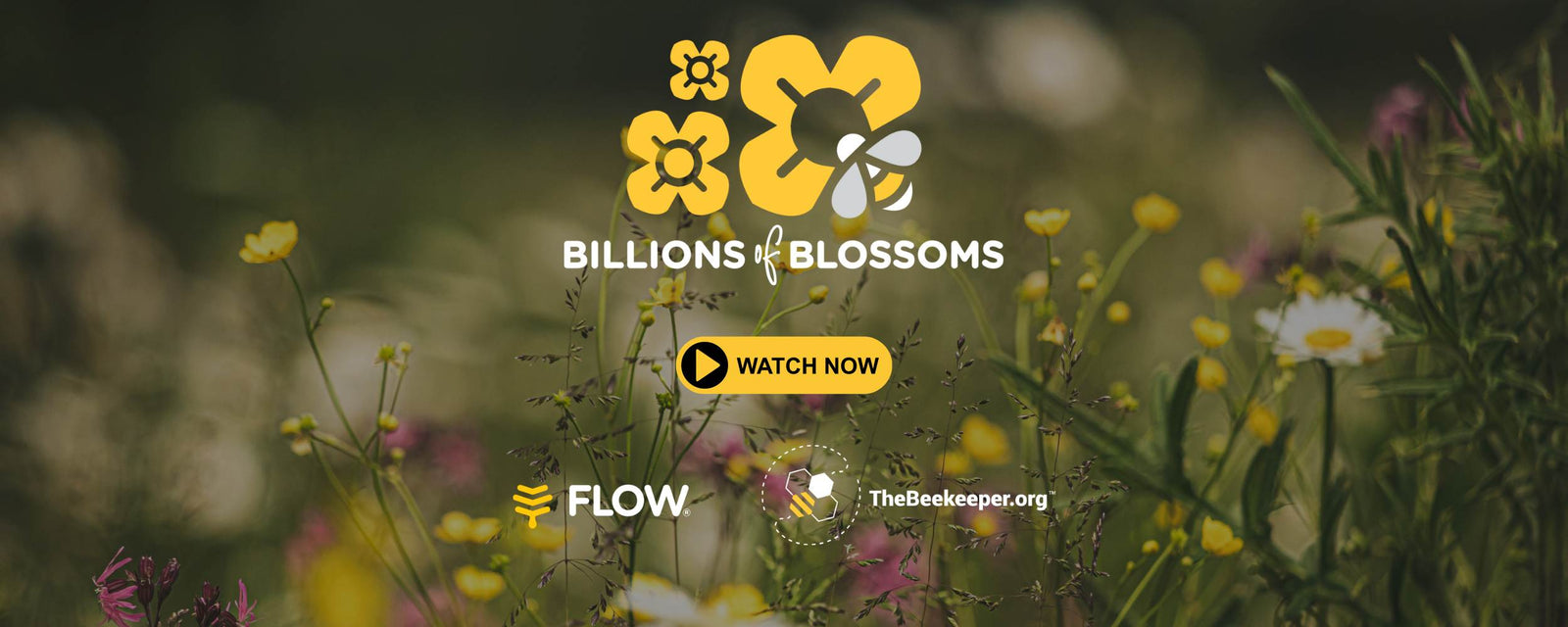Your Cart is Empty
Protecting habitat for pollinators
It’s our mission to help the bees - not only the European honeybee, but the 20,000 species of bee in our world. This is really important, because pollinators and their habitat are key parts of the matrix of life that we all depend on.
They need places to gather nectar and pollen safely. So we’re partnering with organisations that are doing amazing work protecting and regenerating habitat, and supporting farmers to create safe places for pollinators.
Over the next decade we believe this approach will lead to literally billions of new flowers for our pollinators to forage on. And it might just help to save some of them from the brink of extinction.
Our Partner Organisations
Want to help the bees?
Why?
Our planet is at the start of a sixth mass extinction in its history.
Crucial insect populations are in drastic decline worldwide.
Over 420 million hectares of forest have been destroyed worldwide since 1990.
Protecting or re-establishing healthy forest provides forage for pollinators, preserves biodiversity, sequesters carbon, prevents soil erosion, filters water, reduces flooding, provides sources of food and medicine for humans, and more.
Our Ethos

Preventing Deforestation
- Preventing deforestation and mitigating its upstream causes is usually preferable to planting new trees. However, addressing the systemic causes of deforestation (poverty, agriculture, pasture, firewood, logging, mining, infrastructure, policy, climate change) is often a difficult thing to accomplish.
- When choosing tree-planting organisations to partner with, we preference those that also work to reduce deforestation rates.
- Protection of existing biodiverse habitat is often comparable or even preferable to planting new trees in terms of impactful outcomes.
- We work closely with our suppliers to ensure only sustainably sourced timber is used in our products.

Reforestation
- Reforestation is usually preferable to afforestation (ie: trying to create new forest).
- It’s essential that appropriate tree species are planted. Native species are typically preferred, and some projects also plant trees that have sustainable agroforestry uses. Diversity of species is essential – monocultures are to be avoided.
- Replanting tropical rainforests and mangroves are among the more effective ways to draw down carbon.
- Planting on tundra, savannahs, or drained peatlands is inadvisable. Planting in cold temperate regions is controversial as it can reduce the planet’s albedo and hinder cooling.
- Plantings must be appropriately managed, maintained and protected for the long term – the years after planting are most important.
- Projects that seek to inflate their impact metrics (eg: by planting more trees than are necessary in a given area or by destroying natural regeneration) are to be avoided.

We aim to support projects that
- Involve local and/or indigenous communities, recognising their right to give or withhold their free, prior and informed consent to developments that will affect them.
- Demonstrate high levels of transparency, effectiveness, and accountability .Achieve a 2-year sapling survival rate of 80% or higher for new tree plantings.
- Work to protect trees/habitat in perpetuity (in legal terms this means a minimum of a century). Long-term land tenure is key.
- Don’t utilise highly hazardous pesticides in their restoration work.






























